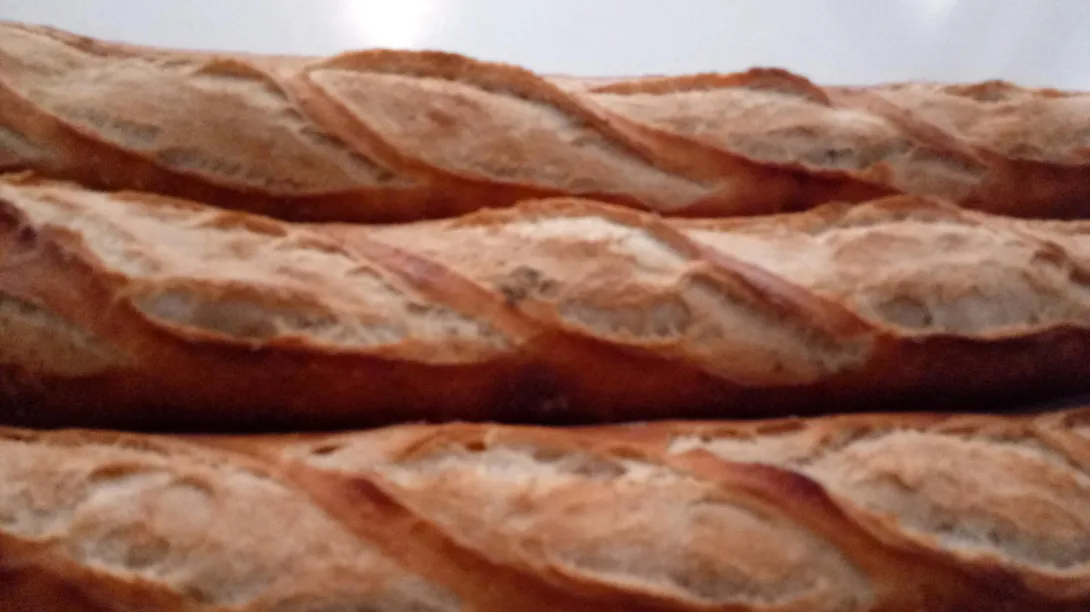From great lamination to crappy rise (boohoo)

One thing you can rely on in baking is disappointments especially in the wake of progress. Last week I was ecstatic at seeing my croissants showing semblance of good structure. So going into the next bake I am sure I can improve. Take extra special care in lamination (note the profile, this is so far the nicest profile cut I have produced) but come bake time I can see but minute 2 or 3 they juat aren't getting the oomph needed to really puff the inerds - as is shown in the snapshot - dangit !









 time to cpncentrate again. This time shavint 5 minutes off the final and remembering my own tips on scoring. Its so easy to forget. Pretty nice loaves today !
time to cpncentrate again. This time shavint 5 minutes off the final and remembering my own tips on scoring. Its so easy to forget. Pretty nice loaves today !